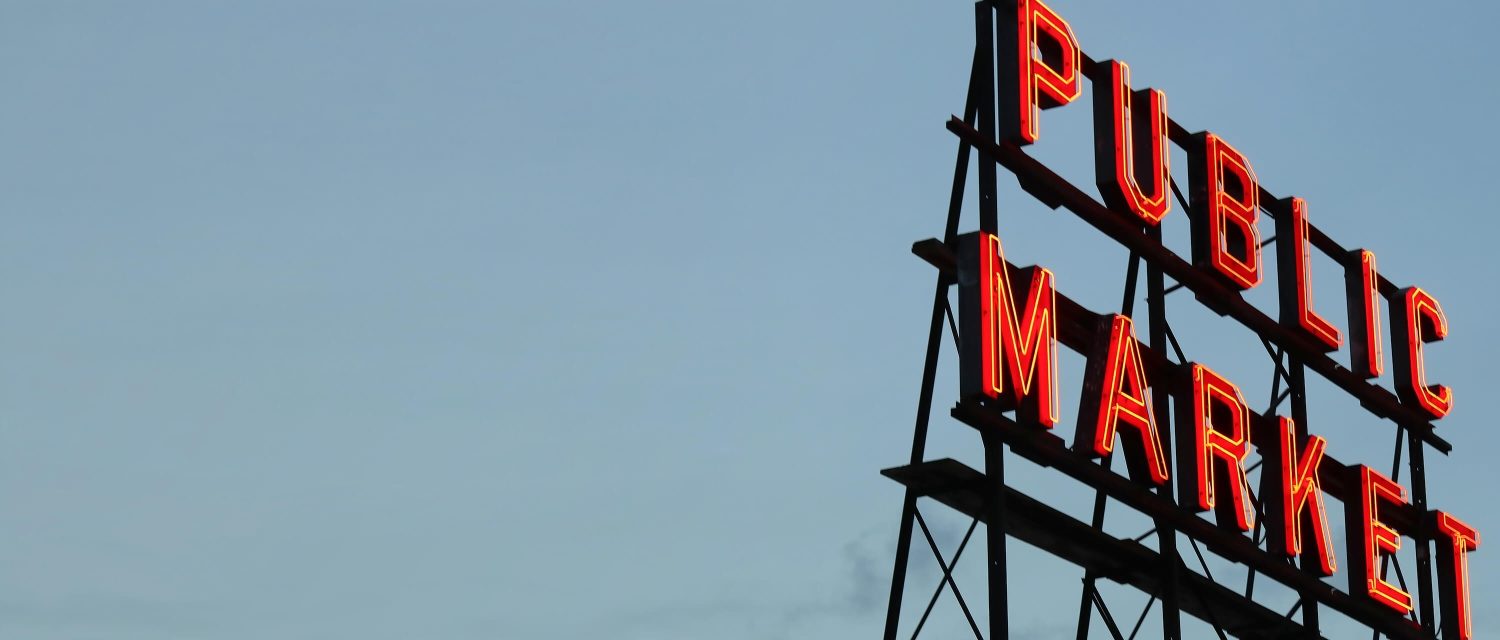

Flights to Seattle
Head to Washington State’s largest city, Seattle, on our daily direct flight from London Heathrow
Flight info
Climate
Travel requirements
Local info
We fly to Seattle daily
10 hour flight time
Flights from London Heathrow (LHR)
- Monday
- Tuesday
- Wednesday
- Thursday
- Friday
- Saturday
- Sunday
Discover Seattle
The home of Starbucks, Frasier, and of course the Space Needle. With views out across the breath takingly beautiful Puget Sound and surrounded by forest Seattle is a city that effortlessly combines the fast-paced modern life with quiet contemplation. If you have time stop in at the beautiful Chihuly Garden for mind-blowing glass sculpture.
Upper Class customers will enjoy a full 180-degree flatbed to ensure you won’t be sleepless to Seattle (sorry).